Filter by
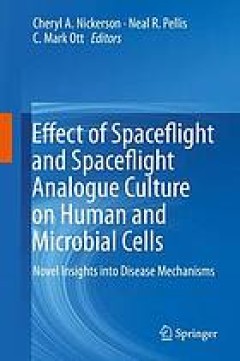
Effect of spaceflight and spaceflight analogue culture on human and microbial…
Many breakthroughs in biological research and translational healthcare advancements have been achieved by studying the response of biological systems to extreme environments. The spaceflight platform provides a unique environment where researchers can explore fundamental questions into cellular and molecular response mechanisms to unveil novel insight into human health and disease. Since the ph…
- Edition
- -
- ISBN/ISSN
- 9781493932764
- Collation
- xviii, 301 pages : illustrations
- Series Title
- -
- Call Number
- 616.0791
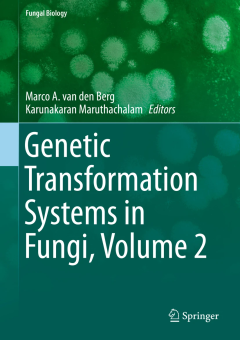
Genetic Transformation Systems in Fungi, Volume 2
Fungi are an economic very important class of microbes. Not only do they host a range of versatile enzymes used in industrial applications (biofuels, laundry, food processing), as well do they produce several very important pharmaceutical drugs (statins and penicillins). Moreover, fungal pathogens can cause great damage in agricultural production (Phytophthora and Botrytis) and during mammalian…
- Edition
- -
- ISBN/ISSN
- 978-3-319-10502-4
- Collation
- -
- Series Title
- -
- Call Number
- 571.6 Gen
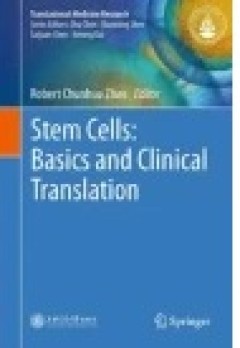
Stem Cells: Basics and Clinical Translation
It is my great honor to be invited by Professor Zhu Chen as the chief editor of the Stem Cell Fascicle of Published Engineering. Chinese scientists have been devoting to the basic research and clinical application in the field of stem cell biology and have obtained a series of original achievement in the flow of exploration of fundamental theory, key scientific problem research, clinical tri…
- Edition
- -
- ISBN/ISSN
- 978-94-017-7273-0
- Collation
- -
- Series Title
- -
- Call Number
- -
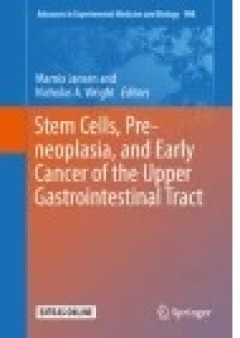
Stem Cells, Pre-neoplasia, and Early Cancer of the Upper Gastrointestinal Tract
It remains unclear when and where Charles Darwin had his transformative idea of species evolution through random variation and selective retention. The legend goes that the fi rst inklings of the idea came to him on board the Beagle during the ship’s visit to the Galapagos Islands in the Eastern Pacifi c. Here he beheld fi nches with differently shaped beaks, which suggested local adaptat…
- Edition
- -
- ISBN/ISSN
- 978-3-319-41388-4
- Collation
- -
- Series Title
- -
- Call Number
- -
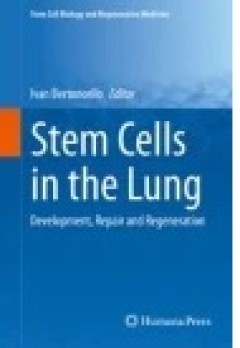
Stem Cells in the Lung
The last decade has witnessed significant progress in understanding the organization and regulation of regenerative cells in the adult lung. The development and refinement of multiparameter flow cytometric cell sorting protocols and in vitro clonogenic assays has enabled the identification, prospective isolation, and characterization of candidate adult lung stem and progenitor cells. Powerful…
- Edition
- -
- ISBN/ISSN
- 978-3-319-21082-7
- Collation
- -
- Series Title
- -
- Call Number
- -
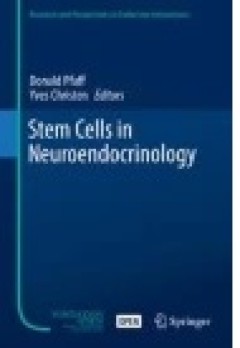
Stem Cells in Neuroendocrinology
Techniques for manipulating neural systems in general and neuroendocrine systems in particular have matured greatly compared to the era in which nerve cell destruction and electrical stimulation provided our main tools. In theory, nerve cell groups connected with hormonal systems should offer strategic advantages to the stem cell biologist because of the wealth of chemically understood regul…
- Edition
- -
- ISBN/ISSN
- 978-3-319-41603-8
- Collation
- -
- Series Title
- -
- Call Number
- -
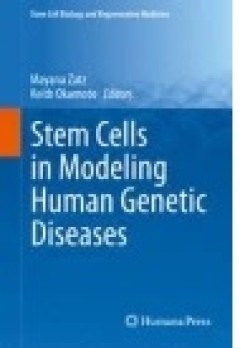
Stem Cells in Modeling Human Genetic Diseases
The cloning of the sheep Dolly in 1996, demonstrating for the fi rst time that it was possible to reprogram a differentiated mammalian cell to a pluripotent state, opened a new and very promising fi eld of research in regenerative medicine. Although the technology of nuclear transfer from a somatic cell to an enucleated egg was banned for human reproductive cloning, it looked very promising…
- Edition
- -
- ISBN/ISSN
- 978-3-319-18314-5
- Collation
- -
- Series Title
- -
- Call Number
- -
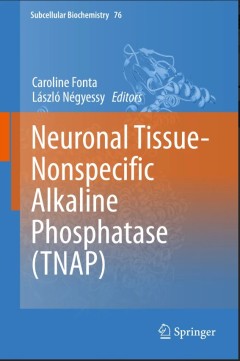
Neuronal Tissue-Nonspecific Alkaline Phosphatase (TNAP)
Phosphatases, such as TNAP are fundamental in regulating the roles of cellular, and consequently numerous body functions. TNAP is a ubiquitous enzyme with a wide spectrum of substrates and specificity. Regulation at the cellular level and the lack of TNAP activity is a lethal condition. Recent findings of a highly specific regional, laminar and subcellular localization of TNAP in the cerebral c…
- Edition
- 1
- ISBN/ISSN
- XXII, 395
- Collation
- XXII, 395
- Series Title
- Subcellular Biochemistry
- Call Number
- -
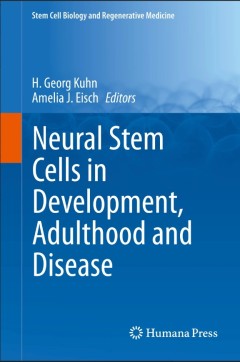
Neural Stem Cells in Development, Adulthood and Disease
This comprehensive volume is the first to specifically target developing, adult and diseased neural stem cells. It explores recent advances in the understanding of neural stem cell biology along with strategies that use these cells to tackle neurological diseases and brain aging. Ten inclusive chapters discuss a wide range of topics including neurogenesis, neurodegeneration, demyelinating disea…
- Edition
- 1
- ISBN/ISSN
- 978-1-4939-1907-9
- Collation
- XXI, 202
- Series Title
- Stem Cell Biology and Regenerative Medicine
- Call Number
- -

Myxozoan Evolution, Ecology and Development
This book provides an up-to-date review of the biology of myxozoans, which represent a divergent clade of endoparasitic cnidarians. Myxozoans are of fundamental interest in understanding how early diverging metazoans have adopted parasitic lifestyles, and are also of considerable economic and ecological concern as endoparasites of fish. Synthesizing recent research, the chapters explore issues …
- Edition
- 1
- ISBN/ISSN
- 978-3-319-14752-9
- Collation
- XIII, 441
- Series Title
- -
- Call Number
- -
 Computer Science, Information & General Works
Computer Science, Information & General Works  Philosophy & Psychology
Philosophy & Psychology  Religion
Religion  Social Sciences
Social Sciences  Language
Language  Pure Science
Pure Science  Applied Sciences
Applied Sciences  Art & Recreation
Art & Recreation  Literature
Literature  History & Geography
History & Geography